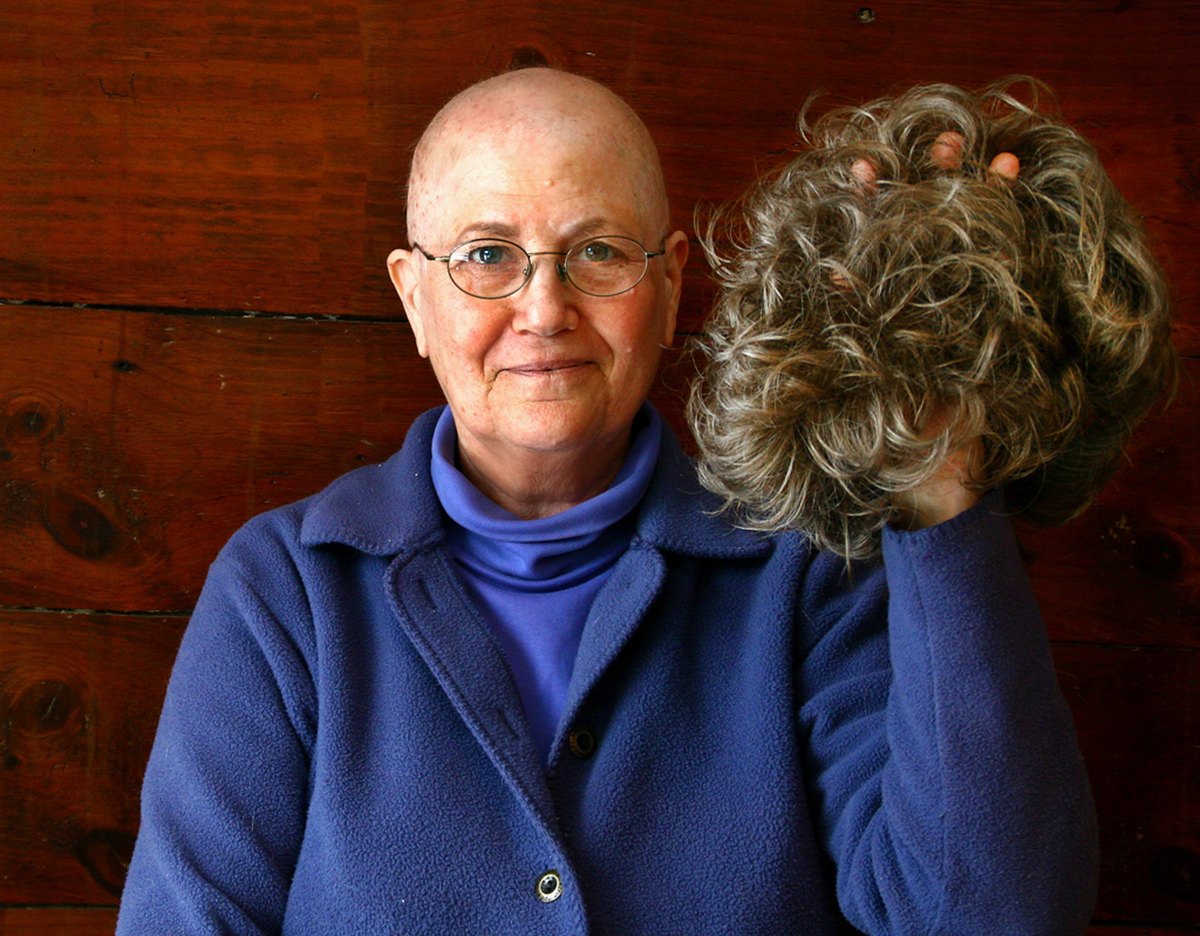Metastatic ERBB2-positive breast cancer has a particular involvement, where cancer cells are spread to the liver in most patients, and in 50% of the cases there's involvement of the central nervous system which results in a poorer prognosis. Secondary outcomes were also examined, which included what the time of development of progressive or symptomatic central nervous system (CNS) lesions and safety was.
A randomized, controlled study was performed at the Jules Bordet Institute in Brussels, Belgium, in order to examine what the progression-free survival was in women who were diagnosed with metastatic or recurrent breast cancer which was associated with a positive finding of the ERBB2 gene.

The research
The NEfERT-T trial was performed with data collected from 479 women in 34 countries from 2009-2014. These patients were eligible for the study if they had been diagnosed with previously untreated recurrent and/or metastatic ERBB2-positive cancer, and who had CNS lesions which were asymptomatic. The group was divided into 242 patients who received the drugs neratinib and paclitaxel, and 237 who received trastuzumab together with paclitaxel.
Side-effects were noted with neratinib combined with paclitaxel, which included gastrointestinal issues such as diarrhoea, vomiting and nausea.
There were some limitations to this study, namely that metastases to the CNS weren't screened for but were rather identified on the presentation of patients' symptoms. This then meant that it was likely that CNS issues were underestimated. Other limitations were that patient numbers to be included in the study were reduced and this affected the efficacy of the research, and that patients with symptomatic or progressive CNS diseases were excluded.
READ Powerful Chemotherapy Drugs Appear Safe in Pregnancy, Study Finds
Significant findings
The sought after results showed that both the mentioned drug combinations resulted in a median progression-free survival of nearly 13 months.
The secondary findings though showed that the combination of neratinib and paclitaxel reduced the occurrence of central nervous system issues, and delayed the time to the development of central nervous system metastases.
READ MammaPrint Can Help You Avoid Chemotherapy
The significance of the study
In a related article, it was stated that the results which were presented in the NEfERT-T trial were interesting enough to warrant further prospective investigation, together with antidiarrhoeal prophylaxis as well as be combined with an extensive companion biomarker campaign, in order to further classify and characterize patients who are at the highest risk for developing metastasis in ERBB2-positive breast cancer.
These findings, as well as further research, has and will continue to help improve the advances in treatment of breast cancer. The survival rates for breast cancer have increased and the numbers in deaths has been steadily decreasing. Not only has the reason for this been due to the strides made in early detection of this disease due to timely screening, but also due to a better understanding of it as well as having a new personalized approach to its treatment.
Breast cancer
Definition
Signs and symptoms
These may include the following:
- A sensation of a lump or thickening in the tissue of the breast which feels different than that of the surrounding tissue.
- There's a change in the shape, size and/or appearance of the breast.
- There could be a bloody discharge from the nipple.
- Skin changes on the breast such as forming dimples.
- The new appearance of an inverted nipple.
- Changes of the skin of the breast or areola which involves scaling, peeling or flaking.
- Pitting or reddening of the skin of the breast which resembles the skin of an orange.

Risk factors
- Advancing age is associated with an increased risk of developing breast cancer.
- Gender - the risk is increased in females more than it is in males.
- Personal history of breast cancer - being diagnosed with cancer in one breast increases the chances of developing it in the other one.
- Family history of breast cancer - a first-degree relative (mother, aunt, sister) diagnosed with breast cancer, especially at a young age, increases the risk to the patient. It's important to note that the majority of people diagnosed with breast cancer have NO family history of this disease.
- Genes associated with an increased risk of breast cancer - mutations on certain genes increase a person's risk of developing breast cancer. These genes include BRCA 1 and BRCA2.
- Obesity.
- Alcohol consumption.
- Radiation exposure to the chest.
- Beginning menstruation before the age of 12.
- Beginning menopause at a more advanced age.
- Giving birth to the first child after 35 years of age.
- Having never been pregnant.
- Using postmenopausal hormone medication, to alleviate the symptoms associated with menopause, can slightly increase the risk of developing breast cancer.
READ Metastatic Breast Cancer: Urgent treatment and survival chances
Diagnosis
Diagnosing breast cancer is done by performing certain examinations and procedures. They are as follows:
- Bimanual breast exam - a doctor will use both hands to check for any lumps or abnormal thickenings in the breast tissue and the lymph nodes in the armpits.
- Ultrasound - this is a procedure where sonar waves are sued to determine the difference between solid and fluid-filled masses in the breast.
- Mammogram - this is essentially an X-ray of the breast and is used for screening purposes. If the screening test picks up an abnormality, then the patient is sent for a diagnostic mammogram.
- Magnetic resonance imaging (MRI) - this is a more precise test which gives a better visualization of any breast tissue abnormalities.
- Biopsy - a sample of breast tissue is surgically removed in order to assess it for any cancer cells. Other aspects which are looked for include what types of cancer cells are visible, the aggressiveness of the cancer and whether the cancer cells have hormone receptors which will affect the treatment options available to the patient.
READ Sexual Intimacy And Breast Cancer Survivors
Treatment options
The treatment options available for breast cancer are quite extensive, but they can be divided into the following interventions:
- Surgery - which may involve one or both breasts, with or without removal of lymph nodes.
- Radiation therapy.
- Chemotherapy.
- www.medicalbrief.co.za/archives/drug-combo-reduces-frequency-of-central-nervous-system-metastases/
- www.mayoclinic.org/diseases-conditions/breast-cancer/basics/definition/con-20029275
- Photo courtesy of Muffet: www.flickr.com/photos/calliope/6025359063/
- Photo courtesy of Arturo de Albornoz:https://www.flickr.com/photos/liveu4/2011237087/
- Photo courtesy of Arturo de Albornoz:https://www.flickr.com/photos/liveu4/2011237087/


Your thoughts on this